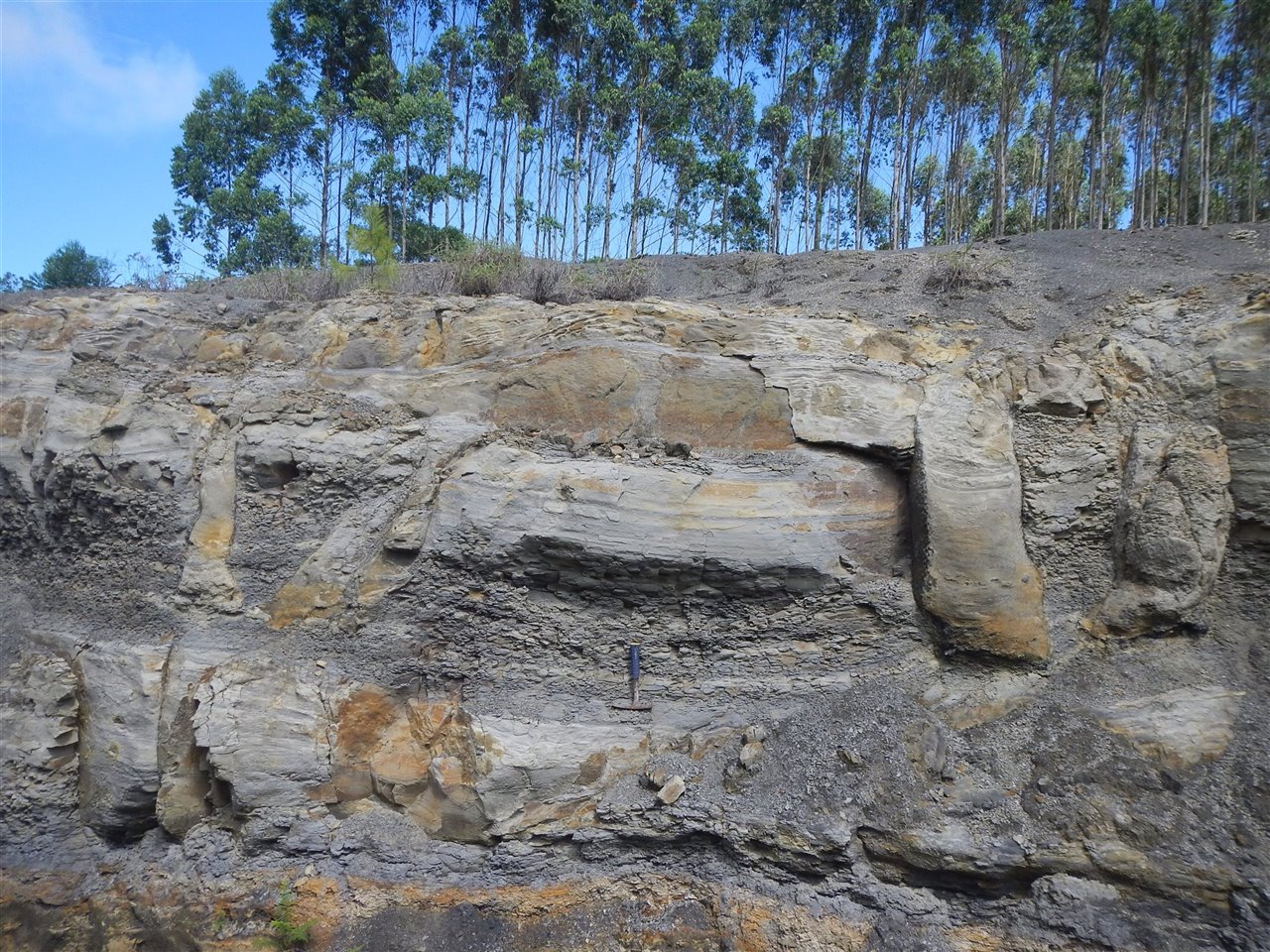
The discovery of a fossilized forest in southern Brazil, more than 260 million years old, offers new clues about how plant life resisted climate change before the age of the dinosaurs.
In Dom Pedrito, in the Pampa gaúcho region, in the state of Rio Grande do Sul, in the south of the country, paleontologists from the Federal University of Pampa (UNIPAMPA) collected, over four scientific expeditions, more than 200 fossils of prehistoric plants (leaves, roots, trunks and branches).
The materials originated from plants such as ferns, horsetails, lycophytes, and conifers that lived during the Permian period, between 299 and 251 million years ago, an era that culminated in a mass extinction due to climate change.
The discovery, published in the international scientific journal Journal of South American Earth Sciences and reported by the local Brazilian press, allowed researchers to reconstruct in detail a plant ecosystem that managed to persist in a context of aridification and global warming.
Researcher Joseane Salau Ferraz, one of the authors of the article, explained to G1 that the fossils present an unusual level of conservation, which has made it possible to reconstruct with great precision the environmental and ecological conditions of the site.
"At that time, Rio Grande do Sul, like other parts of the Earth, was experiencing a climate crisis, a process of aridification and global warming for which no evidence of large areas of vegetation had been found," she stated.
Paleontologist Joseline Manfroi, also a co-author of the study, commented that the discovery goes beyond the record of plant species that populated Rio Grande do Sul long before the era of the dinosaurs.
"It provides unprecedented data on the environmental and climatic conditions of that remote time, which can now help interpret not only the transformations of the past, but also the ecological crises we continue to face today," she emphasized.
The recovered fossils are now part of the scientific collection of the Unipampa Paleobiology Laboratory, a public institution responsible for the custody and preservation of the material found at the site. (RT) (Photo: Taken from the Internet)